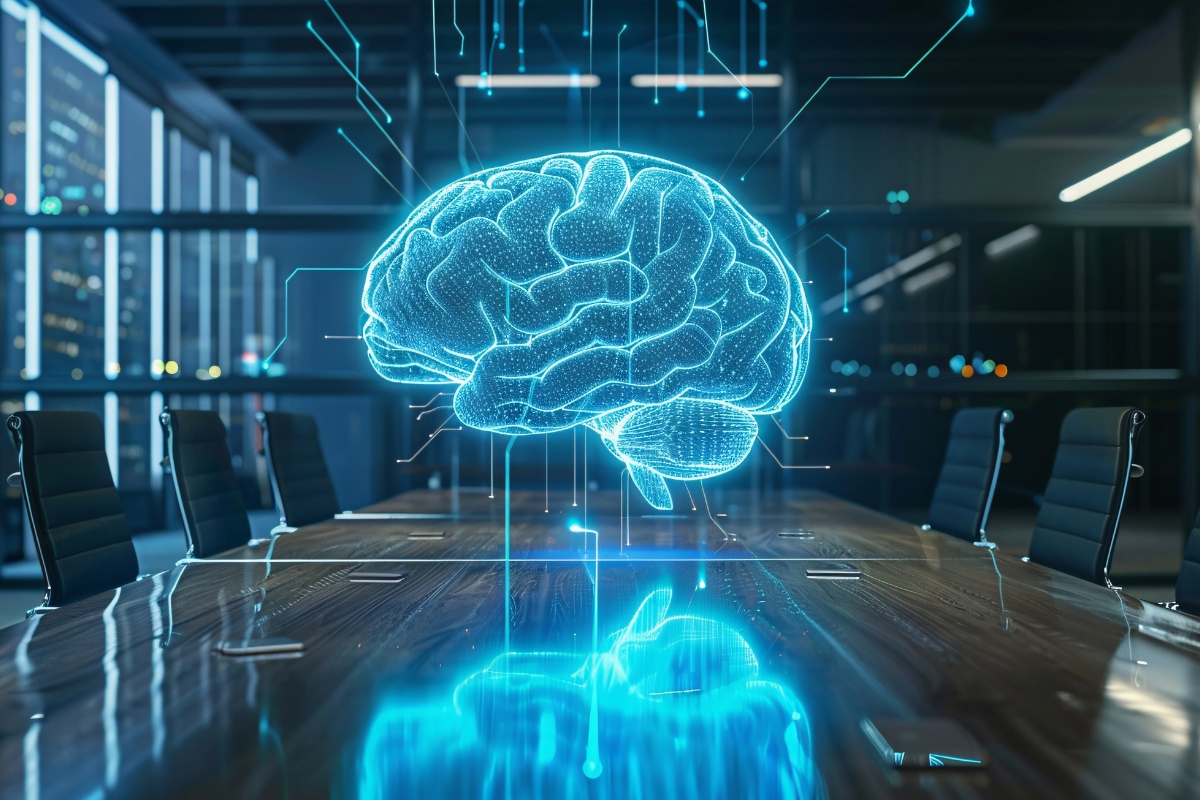
Why RAG and AI Agents Are a Strategic Imperative for Businesses
- dimitris dimitriadis
- September 25, 2025
- Innovate
- AI, AI Agents, Artificial Intelligence, Digital Transformation, innovation, LLMs, RAG, Retrieval-Augmented Generation, SLMs, TheFutureCats
- 0 Comments
In recent years, companies have heavily experimented with generative AI. Many were impressed by flashy demos, but few have seen a lasting, measurable impact on their bottom line. Why is that? Most implementations remained fragmented. A chatbot here, an assistant there, without real integration with critical company data or actual business workflows.
To move from hype-driven AI pilots to real business value, four essential ingredients are needed:
- A RAG system (Retrieval-Augmented Generation) to access company knowledge
- Large or small language models (LLMs or SLMs) for understanding and generating human language
- Intelligent AI agents that turn knowledge into action
- An AI orchestration layer that brings it all together
What is a RAG System In Simple Terms
Think of a RAG system as the missing link between your company’s real data and the AI model. Before answering any question, the AI agent searches your internal knowledge base in real-time, whether that’s APIs, databases, wikis, or files containing policies and procedures. It retrieves the most relevant information and provides it as context to the AI model.
The result? Not just another AI-generated generic response, but accurate, traceable information grounded in your company’s reality.
Most organizations operate with data silos; HR, Finance, Support, and R&D all store knowledge in different formats and tools. RAG acts as a bridge, connecting these silos. Employees ask questions, and the system delivers clear, consolidated answers. That means less time spent searching and more time acting on valuable insights.
And it’s this unified knowledge foundation that powers the most effective generative AI use cases.

From Fragmented Tasks to End-to-End Flows
It’s not just the data that’s fragmented; business processes are too. That’s where AI agents come in. They don’t just answer questions; they take action. They understand context, remember previous interactions, follow rules, and interact with business systems.
They move workflows forward, raise requests, update applications, and manage exceptions. In this way, generative AI becomes an engine of action, not just a passive assistant.
Accuracy Through Real-Time Context
LLMs may sound persuasive, but they’re often inaccurate. With RAG, every AI response is backed by real data sources, ensuring transparency and precision. Teams trust the output because they can verify its origin. This is crucial in regulated, high-stakes industries where accuracy matters.
What Executives Should Take Away
- Start with your data: Clean it, connect it, and ensure unified access.
- Implement RAG as the foundational knowledge layer across the organization.
- Design AI agents with defined roles, rules, and supervision to drive complete workflows.
- Establish governance for AI: define policies for accuracy, safety, and accountability.
- Measure results with KPIs, and double down on what works.
- Choose partners with proven systems and experience in these technologies.
Generative AI doesn’t deliver value when it’s isolated. It gives when it’s deeply integrated with your company’s knowledge and when AI agents turn that insight into reliable, aligned action.
RAG, language models, and AI orchestration form the strategic trio for true AI-driven transformation. Organizations that invest systematically in this model will move faster, make better decisions, and build a resilient, future-proof competitive edge.
If you’re ready to discover how RAG and AI agents can translate into real operational outcomes, check out the “AI Executive for Business in Action” program, a collaboration between TheFutureCats and PwC, specially designed for senior leaders looking to harness AI for growth.


